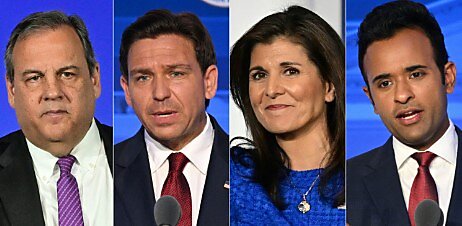The state and local revolt against the federal “crack house” statute (21 U.S.C. Sec. 856), which makes it federally illegal to establish and operate overdose prevention centers (OPCs), continues to gain strength. The statute states:
Except as authorized by this subchapter, it shall be unlawful to—
(1) knowingly open, lease, rent, use, or maintain any place, whether permanently or temporarily, for the purpose of manufacturing, distributing, or using any controlled substance;
(2) manage or control any place, whether permanently or temporarily, either as an owner, lessee, agent, employee, occupant, or mortgagee, and knowingly and intentionally rent, lease, profit from, or make available for use, with or without compensation, the place for the purpose of unlawfully manufacturing, storing, distributing, or using a controlled substance.
On November 30, 2021, New York City became home to the first two government‐sanctioned OPCs. After the city’s mayor and the Department of Health gave the green light to the non‐profit harm reduction organization OnPointNYC, the organization opened one center in Washington Heights and another in East Harlem. Last summer, the organization reported it had reversed more than 1,000 overdoses—that’s more than 1,000 people who might not be alive today had these OPCs not existed.
Also, in 2021, Rhode Island’s governor signed into law a bill that permits OPCs in the state, provided they are privately funded and coordinate with county health departments to collect and report data. Project Weber/RENEW plans to open the Ocean State’s first OPC this year.
In May 2023, Minnesota’s governor signed a bill appropriating funds to establish OPCs in the state. A few days earlier, the governor signed a bill repealing Minnesota’s drug paraphernalia laws.
Now Vermont seems ready to join the rebellion. On January 10, the Vermont House of Representatives voted 96–35 to pass H.72. The bill immunizes organizations and people who establish and operate overdose prevention centers and the people who use them from state or local prosecution. It also appropriates funds for an overdose prevention center pilot program.
The House will vote on the bill once more before sending it to the state senate, where observers say it has strong momentum.
It is not necessary to use taxpayer dollars to fund harm reduction programs. However, it is very necessary to remove government obstacles that prevent people and organizations from employing harm reduction strategies to help save lives in their communities. The federal “crack house” statute and federal and state‐level drug paraphernalia laws are among the biggest obstacles.
Unfortunately, California Governor Gavin Newsom vetoed a bill that California lawmakers passed in 2022 that would have permitted OPC pilot programs in San Francisco, Oakland, and Los Angeles. This denied harm reduction organizations in the country’s most populous state a chance to establish a major demonstration of the benefits of this proven harm reduction strategy.
As I explain in a Cato policy brief, overdose prevention centers are a proven harm reduction strategy that has been saving lives since 1986. As of the end of 2022, 147 government sanctions OPCs were operating in 91 locations and 16 countries, including 38 in Canada, 29 in Germany, and 14 in Switzerland—where the world’s first government‐sanctioned OPC, established in 1986, still operates in Bern.
Hopefully, as lawmakers and leaders in other states join the movement, leaders in Washington claiming to be concerned about the overdose crisis will be moved to do something different from enacting the futile law enforcement measures they usually do and repeal the “crack house” statute.









